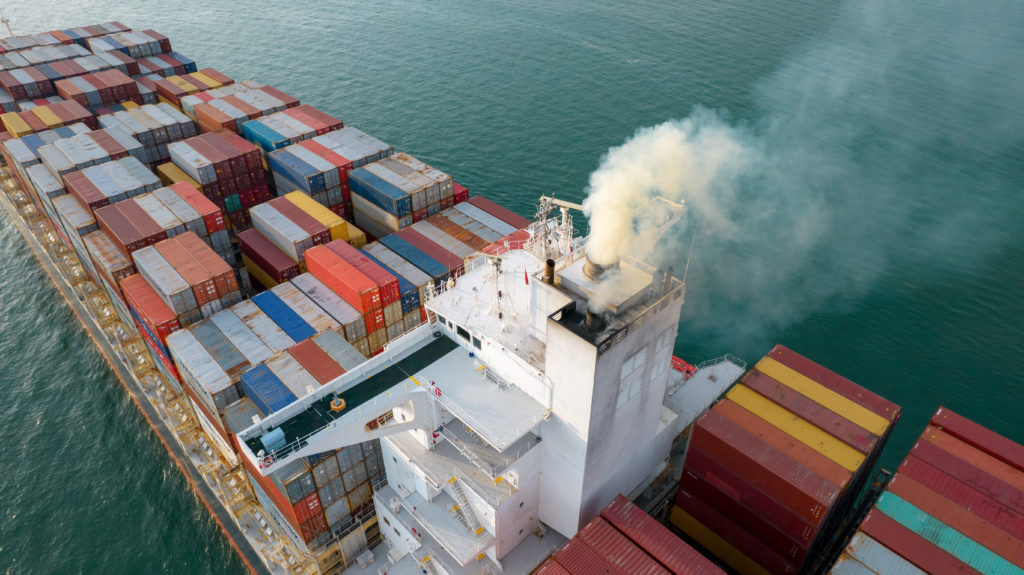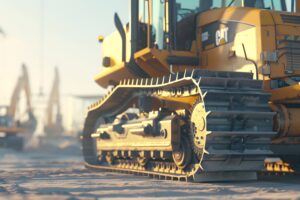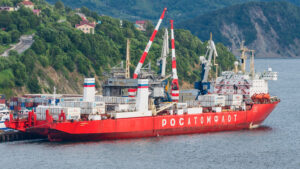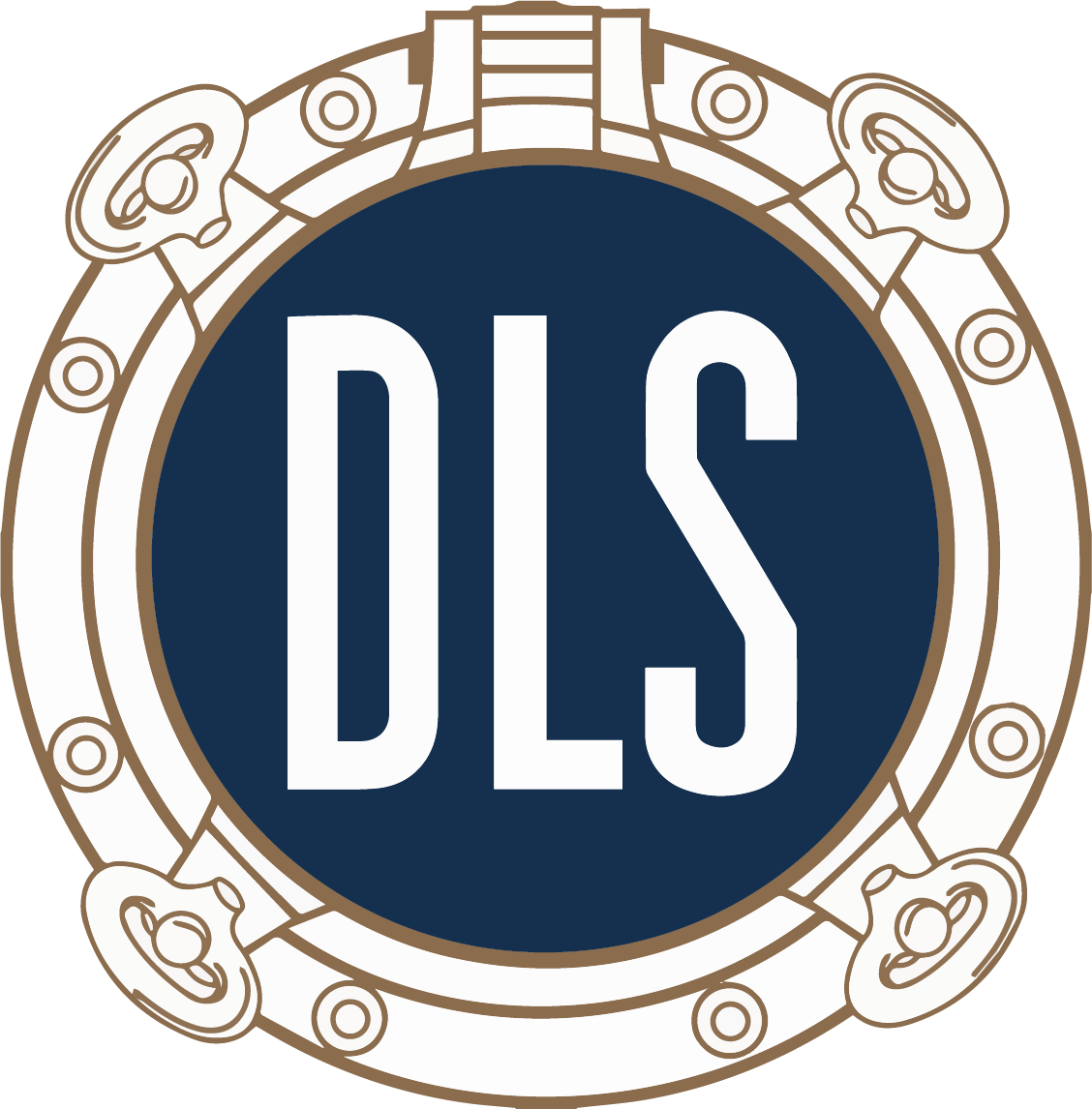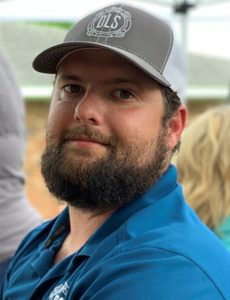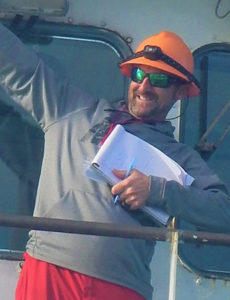- September 8, 2022
- Industry, Marine News
- What To Do About CO2
“Man is not the only animal who labors,
but he is the only one who improves his workmanship.”
Abraham Lincoln, 1858
In many previous articles, I have written about the marine industry reacting to the CO2 emission reduction standards required for 2030, 2040, and the final Zero Emissions of 2050. These articles have been about the competition among alternate lower emission fuels (such as LNG and ammonia), changes in hull designs (to include rudders and propellors), improvements in dual-fuel engines, wind assist, and how all of these changes will be funded. I have pointed out that the forces behind these regulatory changes have been the IMO and the EU and, therefore, do not directly affect the majority of the U.S. domestic fleet because of their Gross Tonnage or their service areas.
However, these regulations do have some indirect effects since much of the U.S. flagged blue water fleet, including some OSV’s, trade with EU countries and other countries who will also be enforcing emission regulations. This means U.S. ships can be inspected by port state authorities for compliance. In addition, U.S. companies that build equipment for ships, particularly engine builders like Caterpillar or Cummins, now must design for foreign customers that will be required to comply with IMO/EU emission rules, which brings the rules closer to U.S. shores.
The U.S. is following the trail of the IMO with the July 12, 2022 introduction of H.R. 8336, The Clean Shipping Act of 2022, as an amendment to the existing Clean Air Act. This is an act that will only affect portions of the marine industry and may therefore not have as many enemies as if it affected all commercial forms of transportation. The Act has a long way to go, and who knows what it will look like if it gets passed or how it will be enforced by the FMC.
For those interested in reading H.R. 8336, here is the link:
https://trackbill.com/bill/us-congress-house-bill-8336-clean-shipping-act-of-2022/2266377/
Thankfully, this act is significantly shorter than others involving the maritime industry.
With billions of dollars being spent on R&D for fuels, fuel distribution networks, engines, and alternatives to fossil fuels, more experts are coming out and stating that the world will not reach the greenhouse gas limits it wants by 2050 simply by the reduction of emissions. Per Clarksons, as of mid-July 2022, only 5% of the world’s fleet runs on clean fuels. While 40% of new ship orders (by tonnage) have an option for clean fuel, we do not know how that will translate to the availability of the fuels on world trade routes. Even now, with the high cost of LNG, dual-fuel ships are using Low Sulphur Fuel Oil (LSFO), a higher polluter than LNG. The price differential between LSFO and High Sulphur Fuel Oil (HSFO) also makes the multi-million-dollar conversion to exhaust stack scrubbers ($2-$5 million) more palatable; however, this doesn’t help the industry reach the desired goals.
As an example, four newbuild LNG tankers are being fitted with scrubbers so that they can burn LNG, LSFO, and HSFO. Based on current spot pricing in Singapore of LSFO versus heavy fuel oil (HFO), the scrubber investment is estimated to give a total benefit of $7,500 per day when sailing. Based on the company’s expected share of scrubber benefit, the investment is expected to be paid back in less than one and a half years. There is still a lot of carrot-and-stick to be used to move the world’s fleet away from dirty, but cheaper, fuels.
It is reported that only 35% (33 of 94) of the major shipping companies have officially committed to 2050 net zero, or the IMO 50% absolute reduction from 2008 levels by 2050. This 35% can be compared to other industries reported participation of 45% for transport/leisure, 56% pledged by oil and gas, and 65% by automotive, although the liner container fleet is at a reported 69%. This latter figure on a per deadweight tonnage is easier to justify and obtain by the high DWT of the fleets and their almost dedicated liner services to highly regulated Europe and West Coast U.S.
CO2 and Money
The answer, at least for the EU and some other areas, is to monetize carbon dioxide through taxes and cap-and-trade rules.
As a starting point, one source states that 3.1 tonnes of CO2 are emitted for every tonne of heavy fuel oil burned by a vessel. Another source states that if you look at the well-to-wake pollution, it’s 4.5 tonnes per HFO. Obviously, if a sufficient penalty is put on the per tonne use of HFO/creation of CO2, a ship owner/charterer’s economics could justify the use of more expensive fuels or other mitigation steps.
Taxation systems are going to happen but in what form, it is not clear. In 2005, the EU first started its Emissions Trading System (ETS), a cap-and-trade program, as a learning process. Various multi-year plans were put into effect since then with the latest, Fit for 55, a continuation of that system. Fit for 55 refers to a 55% reduction in GHG from the 1990 level by 2030. The plan covers all emissions from all sources in the EU. For those reading this, it will affect all ships operating in the EU zone, and at a lower level, those who call at EU ports as part of international voyages. Fit for 55 generally covers vessels over 5000 Gross Tons and has generous exemptions for aircraft.
While not a regulation, the EU is discussing a ban on LNG in 2040, because it is the least clean alternative fuel on a well-to-wake basis and the supply and distribution systems for cleaner methanol and ammonia should be available by then.
The IMO, with its worldwide membership, has so far been unable to get agreement on tougher marine GHG emission standards, but their EEXI and CII rules will be phased in starting in 2023. This will leave the marine industry with one set of standards, IMO, for the world, and a second tougher standard for the EU and those that have maritime trade with the EU. Large non-EU shipping associations are against such unilateral actions and consider them extraterrestrial taxation.
Cap-and-trade regulations are generally long and convoluted and a product of trial and error. In general, those who pollute will pay a tax based on fuel consumed for every tonne of CO2, and possibly in the future, other greenhouse gasses emitted over a set allowable standard. This allowable standard will be reduced as 2030, 2040, and 2050 are approached. Some preliminary studies estimate that these carbon taxes could range from around EURO 300,000 to EURO 700,000 a year, depending on the size of the ship, its EEXI rating, and the year of the sliding scale. The taxes will be paid to those operators whose emissions are below the set standards and used as a subsidy for the more desirable fuels. A highly complicated carrot-and-stick form of motivation.
These tax credits will eventually be tradeable after a three-year phase-in period. One who has clean ships/fleets can sell the credits to those who are greater polluters to offset their penalties. (Fleets can pool their ratings with an owner’s clean ships offsetting their dirty ships). One idea is to have the credits swaps done in an auction format so that their value will better match market conditions. The taxation levels will be set to continue to make them a strong financial incentive for owners to operate greener ships as the cost for cleaner ships will be less than the cost to use cheaper dirtier fuels and pollute. Groups, such as Lloyd’s Register, have reviews that opine that zero-emission fuels will be twice as expensive as conventional fuels through 2030.
Non-compliance will result in fines and blacklisting from EU ports. In practice, the ones responsible for the emissions compliance and for the IMO compliance with EEXI and CII will be the vessel’s Ship Management company as the holder of the Document of Compliance (DOC). Of course, this will be back billed to the vessel’s owner or charterer and then to the end customer.
This entire costly process makes many observers wonder if the small operators of older ships, be they a company or family, will be able to afford compliance. This leaves the industry looking forward to possible M&A spurts or scrapping that causes higher demand and higher charter rates in some sectors.
REDUCING EMISSIONS
Obviously, there has already been the use of cleaner fuels and engines that can burn cleaner fuels. I have covered some of those systems/plans in other blogs. There are also exhaust scrubbers which started five years ago as a mechanical way to reduce CO2 emissions without buying LSFO. As the cost of LSFO and LNG has risen, scrubbers have become a better and better solution. The designs and maintainability of scrubbers has also improved, but the argument still rages over open loop systems that return acidic sulfur wash water to the body of water where the vessel is operating. It was estimated in 2020 that 80% of installed scrubbers were of the open loop type and over 20 marine areas in the world prohibited use of open loop scrubbers while in those areas. Regardless of this problem, statistics have shown that scrubber equipped ships currently have a high resale value.
An idea in progress and still in the testing phase is Carbon Capture Utilization and Storage (CCUS), a shipboard step of Carbon Capture Utilization (CCU). Here the CO2 from engine exhaust is separated, condensed, and stored on board the vessel. It can then be discharged at a facility where it can be injected for disposal or loaded onto a new type of vessel, a CO2 tanker. This new design will collect CO2 and deliver it to an injection site or to an end user. CCU and its varieties are beyond what I do in these blogs and often outside of the marine industry. It can be recycled into fuel, clean and not so clean, well injection to increase oil well production, and cleaner uses such as cement production and use in polymers.
On the ground (or water), our surveyors at DLS are continually learning about current and future changes onboard vessels. They diligently review documents and trends in the field, which helps our appraisal team analyze how these changes affect the domestic and international markets in shipping and ship values. Happily, we are seeing the comeback of the domestic OSV market and associated values and continue to build contacts with the growing offshore wind farm sector.
-Norm Laskay
If you’d like to keep this conversation going, email me at nlaskay@DLSmarine.com
